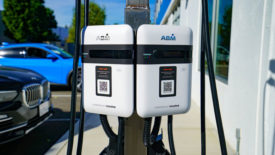Critical Infrastructure
The digital infrastructure monstrosity
The data center and cryptocurrency industries are married in the court of public opinion
July 14, 2023
Data centers merge physical and digital solutions to increase sustainability
Massive amounts of energy are needed to build, cool, and operate these facilities
June 28, 2023
First Responders
Tech trends for police agencies
Empowering employees with the right digital tools
June 23, 2023
Get our new eMagazine delivered to your inbox every month.
Stay in the know on the latest data center news and information.
SUBSCRIBE TODAY!Copyright ©2024. All Rights Reserved BNP Media.
Design, CMS, Hosting & Web Development :: ePublishing













